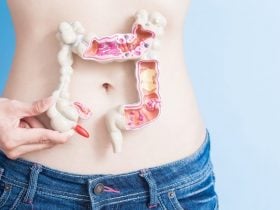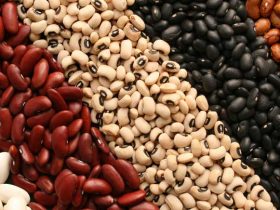What are the symptoms of Hirschsprung disease?

Symptoms of Hirschsprung disease usually occur a few hours after birth. According to the NIDDK, this is the best time to detect the condition. The most prominent sign of the disease is that it might be present if a baby has not had a bowel movement within the first 48 hours after birth. However, the severity of certain symptoms vary as the condition starts to progress.
The symptoms of Hirschsprung disease in newborn babies include:
- Brown or green vomit
- Difficulty feeding
- Explosive diarrhea after a doctor puts a finger in the baby’s rectum
- Swollen belly
Hirschsprung disease symptoms are different in older babies, children, and adults. It is important to note that not all babies with the condition experience symptoms right away. The condition is not detected in some people until later in life. The most experienced symptoms in children and older babies include:
- Enterocolitis [1]
- Swollen belly
- Malnutrition [2], which is also defined as the inability to thrive for children or infants weighing less than the expected weight at their age.
- Chronic constipation [3] that does not improve with taking oral laxatives
It is important to note that for older children, the symptoms listed above may also occur due to other conditions. Therefore, doctors do not quickly conclude that Hirschsprung is the cause. Adult Hirschsprung is a rare condition. However, symptoms in adults are the same as those seen in children and older babies.













